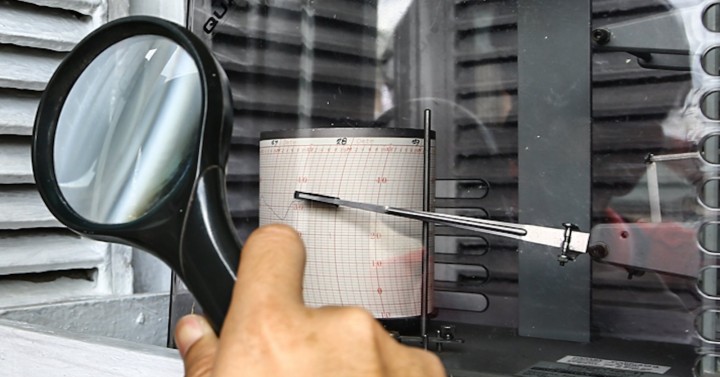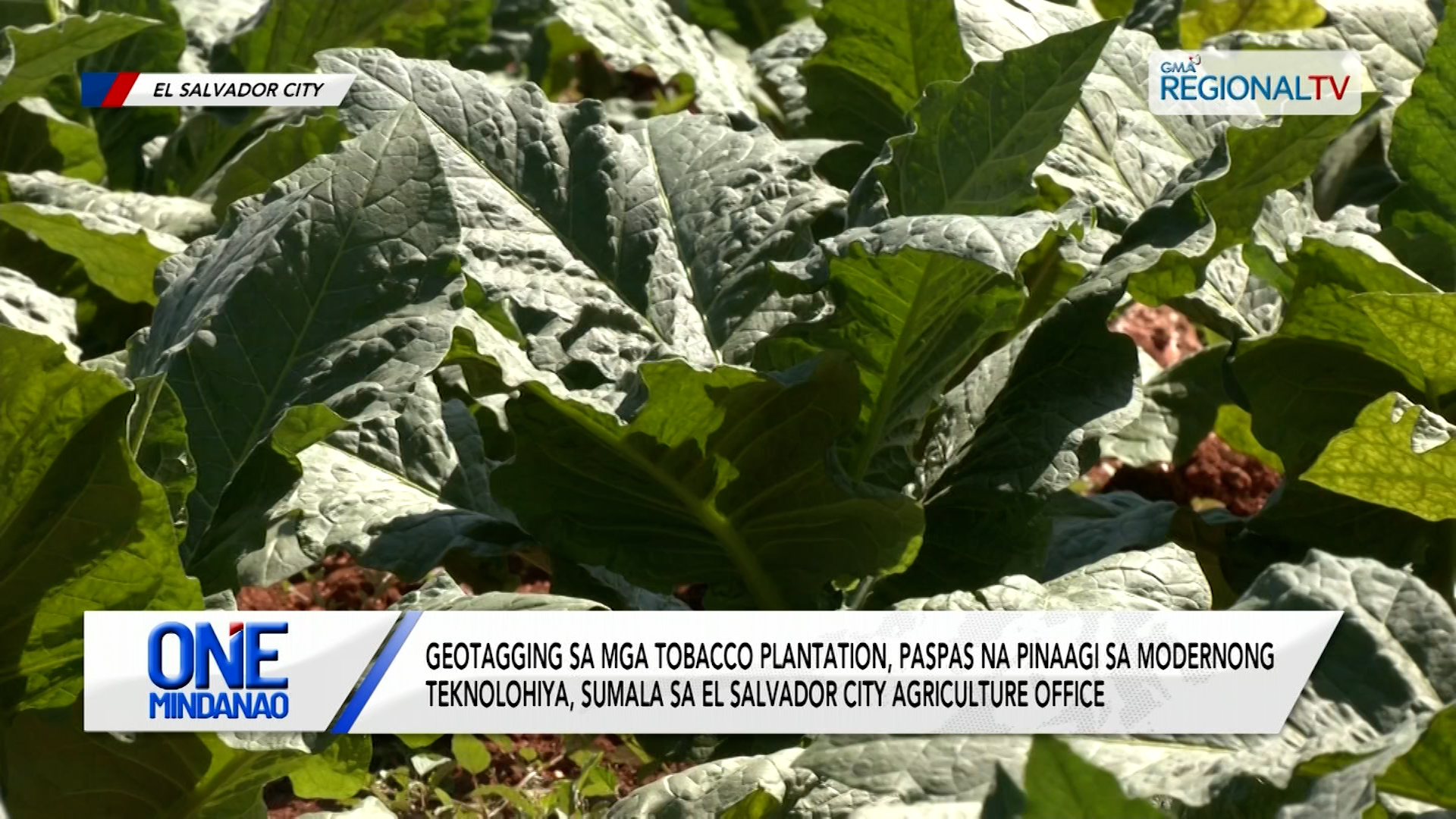PBBM Highlights Importance of Tech in Early Disaster Prediction for Philippines

PBBM Urges Prioritization of Technology for Disaster Forecasting
MANILA – President Ferdinand R. Marcos Jr. emphasized the critical role of modern technology in predicting and mitigating the impact of disasters across the Philippines. Speaking on Monday, President Marcos underscored the government's commitment to leveraging innovative tools for early warning systems and proactive disaster preparedness.
“We are already utilizing cutting-edge technologies, particularly for early and effective prediction,” President Marcos stated. His remarks highlight the increasing reliance on data analytics, satellite imagery, and artificial intelligence to anticipate and respond to natural calamities that frequently affect the archipelago.
The Growing Threat of Disasters in the Philippines
The Philippines, situated in the Pacific Ring of Fire and along the typhoon belt, is highly vulnerable to a wide range of natural disasters, including typhoons, earthquakes, volcanic eruptions, and floods. The frequency and intensity of these events have been exacerbated by climate change, making proactive disaster management more crucial than ever.
Technology as a Lifeline
President Marcos’s focus on technology reflects a shift towards a more data-driven approach to disaster risk reduction. Here’s how technology is making a difference:
- Advanced Weather Forecasting: Utilizing sophisticated weather models and radar systems to predict typhoon paths and intensity with greater accuracy.
- Satellite Monitoring: Employing satellite imagery to monitor flood-prone areas, detect landslides, and assess damage after a disaster.
- Early Warning Systems: Developing and deploying early warning systems that provide timely alerts to communities at risk, allowing them to evacuate and prepare.
- Data Analytics and AI: Analyzing historical data and using AI to identify patterns and predict future disaster risks.
- Communication Technologies: Utilizing mobile apps and social media to disseminate information and coordinate relief efforts during emergencies.
Government Initiatives and Future Directions
The Marcos administration is actively investing in strengthening the country’s disaster resilience capabilities. This includes:
- Modernizing the Philippine Atmospheric, Geophysical and Astronomical Services Administration (PAGASA): Upgrading equipment and training personnel to improve weather forecasting accuracy.
- Improving Communication Networks: Ensuring reliable communication channels in disaster-affected areas.
- Strengthening Community-Based Disaster Risk Reduction (CBDRR) programs: Empowering local communities to prepare for and respond to disasters.
- Integrating Technology into National Disaster Risk Reduction and Management Plans (NDRRMP): Ensuring that technology is a central component of the country's disaster preparedness strategy.
President Marcos emphasized that the effective use of technology is not just about predicting disasters, but also about minimizing their impact on lives and livelihoods. He called for continued collaboration between government agencies, the private sector, and academic institutions to harness the full potential of technology in building a more resilient Philippines.
The government’s commitment to leveraging technology demonstrates a proactive approach to safeguarding the nation from the devastating effects of natural disasters and ensuring the safety and well-being of all Filipinos.




